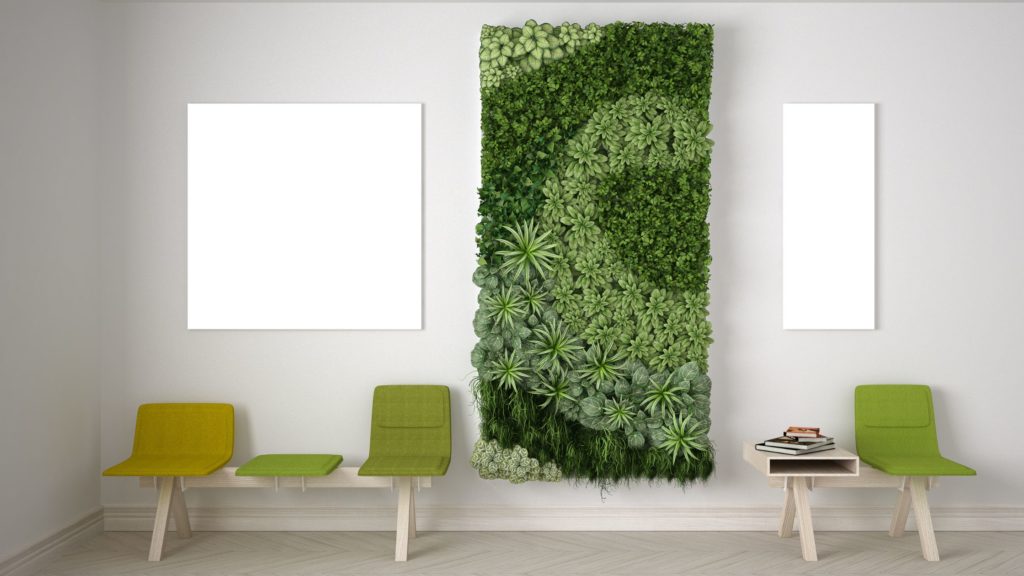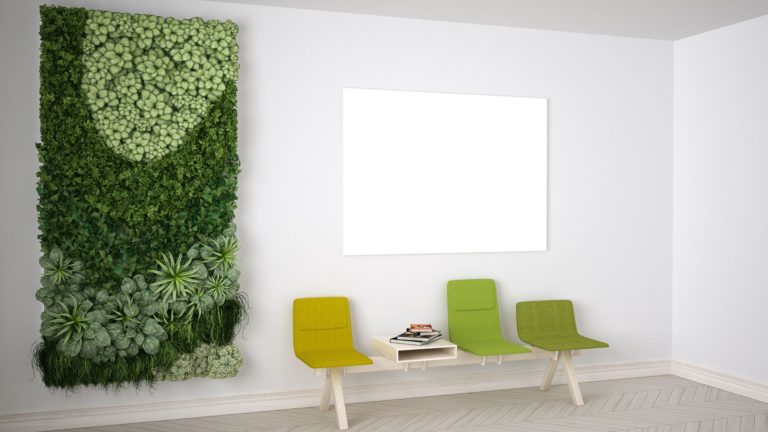As urban living spaces become more compact, gardening enthusiasts are increasingly turning to vertical gardens as a solution to bring nature indoors. Not only do vertical gardens save space, but they also act as living art pieces, adding aesthetic beauty and a touch of greenery to any room. If you’re interested in cultivating a vertical garden indoors, this comprehensive guide is for you.
The Benefits of an Indoor Vertical Garden
Before diving into the how-tos, it’s essential to understand why vertical gardens have become such a coveted home feature:
- Space-Saving: They’re perfect for small apartments or homes with limited floor space.
- Air Purification: Plants naturally filter the air, removing toxins and producing oxygen.
- Humidity Regulation: Plants release moisture, acting as natural humidifiers, which can be beneficial in drier climates or during winter months.
- Aesthetic Appeal: Vertical gardens can be a striking visual element, enhancing the décor of any room.
Getting Started
- Choose the Right Location: Find a wall or a section of it that gets adequate light, preferably near a window. If natural light is limited, consider installing grow lights.
- Decide on a Structure:
- Pocket Planters: Made from breathable material and designed to hold individual plants.
- Wall Planters: Usually metal or plastic frames with slots or pots to hold plants.
- DIY Frames: Use lattice or mesh with attached pots or containers.
- Repurposed Items: Old wooden pallets or shoe organizers can be innovatively used as vertical planters.
Watering System:
- Manual Watering: Suitable for smaller gardens, using a watering can or spray bottle.
- Drip Irrigation: Ideal for larger gardens, where tubing provides water to each plant.
- Self-Watering Planters: Contain a reservoir at the bottom, providing water to the roots as needed.

Choosing Your Plants
The success of your indoor vertical garden largely depends on your plant choices:
- Light Requirements: Understand the light needs of plants. Ferns and pothos prefer indirect light, while succulents and herbs thrive in brighter conditions.
- Maintenance Level: Opt for plants that fit your care commitment. Succulents require less attention, while flowering plants might need regular care.
- Size and Growth: Consider how large the plant will grow. Choose plants that won’t outgrow their space quickly.
- Popular Choices: Some favorite indoor vertical garden plants include ferns, philodendrons, spider plants, air plants, and various succulents.
Planting and Care
Planting and Care: Delving Deeper into the Heart of Indoor Vertical Gardens
When embarking on the journey of creating an indoor vertical garden, one might easily be engrossed by the architectural design, the layout, or the types of plants to use. However, at the core of a thriving vertical garden is the subtle art of planting and diligent care. Here, we explore this topic in depth.
Soil Selection: The Foundation of Your Garden
The medium in which your plants grow is vital. For vertical gardens, the soil must be:
- Lightweight: To prevent undue stress on the vertical structure.
- Well-Draining: Ensuring that water doesn’t stagnate, which could lead to root rot.
Components to Consider:
- Peat Moss or Coconut Coir: Helps retain moisture without waterlogging the roots.
- Perlite/Vermiculite: These mineral particles improve aeration and drainage.
- Organic Matter: Compost or worm castings can provide essential nutrients.
Strategic Plant Placement
Vertical gardens are not just about aesthetics but also about functionality.
- Height and Growth Rate: Position faster-growing or taller plants at the bottom. This prevents them from overshadowing or crowding out their neighbors.
- Root System: Plants with more extensive root systems might need deeper pockets or containers, ensuring they’re placed in areas that can accommodate this.
- Color Coordination: Consider the visual effect. Place contrasting colors and textures next to each other for a striking look.
Watering: Striking the Right Balance
Watering can be a challenge in vertical gardens, primarily because gravity can cause the water to drain down, leaving the top plants parched and the bottom ones overwatered.
Tips:
- Check Soil Regularly: Feel the soil; if the top inch is dry, it’s time to water.
- Water Evenly: Use a watering can with a long spout or a spray bottle to ensure even distribution.
- Monitor Drainage: Ensure water isn’t pooling at the bottom, which could cause mold or mildew.
Nutrient Supply: Keeping Plants Nourished
Since vertical gardens often use a limited amount of soil, nutrients can deplete faster.
- Liquid Fertilizers: These can be diluted and applied more frequently, ensuring plants get a steady supply of essential nutrients.
- Slow-Release Granules: These can be mixed with the soil, releasing nutrients over time.
Regular Maintenance and Observation
Just like any garden, your vertical green space will require regular attention.
- Pruning: Trim any overgrown plants to maintain the desired shape and size.
- Replanting: If a plant isn’t thriving, don’t hesitate to replace it. Rotate plants occasionally, allowing them equal access to light and space.
- Checking well-being: Regularly inspect for signs of diseases or pests. Early detection is key to managing any potential issues.
Potential Challenges
- Pests: Check your plants regularly for signs of pests like spider mites or aphids. Use insecticidal soap or neem oil as a preventive measure.
- Overwatering: Ensure your vertical garden has adequate drainage. Overwatering can cause root rot.
- Inadequate Light: Monitor plant growth. If plants appear leggy or discolored, they might need more light.
Conclusion
Creating a vertical garden indoors is not just a pursuit for those with a green thumb. With the right tools, plants, and care, anyone can transform a bland wall into a lush, living tapestry. Whether you’re hoping to grow fresh herbs in your kitchen or create a green focal point in your living room, an indoor vertical garden is a sustainable, beautiful, and rewarding project. Embrace this innovative form of gardening and enjoy the serenity and vibrancy it brings to your indoor spaces.


